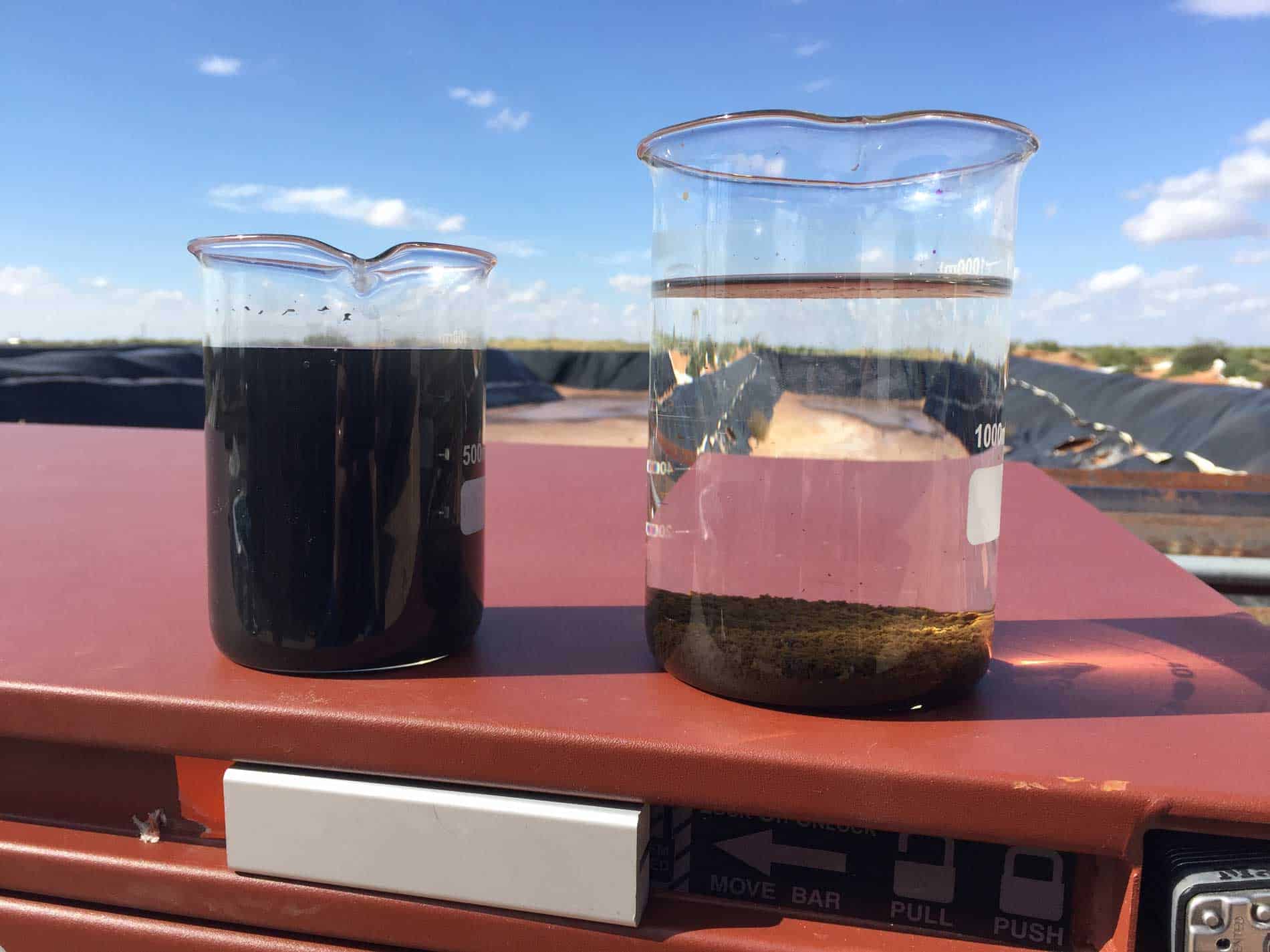NF EN ISO 9377 Hydrocarbon Oil in Water Test
The NF EN ISO 9377-1 standard is widely recognized as an essential tool for the oil and gas sector, particularly in the analysis of produced water. This test method focuses on determining the concentration of hydrocarbons present in water samples from oil and gas operations. Understanding the level of hydrocarbon contamination is crucial for environmental compliance, operational efficiency, and minimizing waste.
The standard provides a robust framework for laboratories to ensure accurate results through standardized procedures. The testing process involves collecting representative water samples, which are then prepared according to specific guidelines outlined in NF EN ISO 9377-1. The sample preparation includes filtration and dilution steps aimed at ensuring that the hydrocarbon content can be accurately measured.
The methodology used in this test is based on gas chromatography (GC) coupled with flame ionization detection (FID). This advanced analytical technique allows for precise quantification of various hydrocarbons, including naphthenic acids and other components present in produced water. The use of GC-FID ensures high sensitivity and selectivity necessary for detecting low concentrations of contaminants.
Accurate determination of hydrocarbon levels is critical for several reasons within the oil & gas industry:
- To assess environmental impact during production processes,
- To evaluate remediation efforts post-production,
- To monitor compliance with regulatory requirements,
- To optimize water treatment and reuse strategies.
By adhering to NF EN ISO 9377-1, laboratories can provide reliable data that helps stakeholders make informed decisions regarding operational practices and environmental policies. The standard's rigorous quality control measures ensure consistency across different facilities, thereby enhancing trust in the results generated by these tests.
| Sample Preparation Steps | Instrumentation Used | Data Interpretation Criteria |
|---|---|---|
| Filtration and dilution of water samples | Gas Chromatograph (GC) with Flame Ionization Detector (FID) | Peak area comparison against calibration standards |
The NF EN ISO 9377-1 protocol is not only applicable to produced water but also extends its utility to process waters used in various oil & gas operations. By ensuring accurate hydrocarbon content measurements, this test contributes significantly towards sustainable practices and compliance with international standards.
Why Choose This Test
Selecting the NF EN ISO 9377-1 Hydrocarbon Oil in Water Test offers numerous advantages to quality managers, compliance officers, R&D engineers, and procurement professionals within the oil & gas sector. One key advantage lies in its ability to provide precise and reliable data about hydrocarbon levels present in water samples.
For quality assurance purposes, this test ensures consistent monitoring of production processes by identifying potential sources of contamination early on. Compliance officers benefit from having robust evidence that meets stringent regulatory requirements set forth by bodies such as the International Organization for Standardization (ISO).
R&D engineers can leverage these accurate measurements to develop more efficient water treatment technologies and improve overall resource management strategies. Procurement teams will find value in selecting suppliers based on their adherence to this standard, ensuring they are working with partners who prioritize environmental responsibility.
In summary, choosing the NF EN ISO 9377-1 Hydrocarbon Oil in Water Test is a strategic decision that supports both operational excellence and sustainability goals within your organization.
Competitive Advantage and Market Impact
- Reputation Building: Adherence to international standards like NF EN ISO 9377-1 enhances an organization's reputation among clients, stakeholders, and regulatory bodies.
- Regulatory Compliance: Ensuring compliance with recognized standards helps avoid costly penalties associated with non-compliance.
- Eco-Friendly Solutions: By accurately measuring hydrocarbon levels in water samples, companies can implement effective waste reduction programs that contribute positively to environmental sustainability efforts.
- Innovation Opportunities: The precision offered by this test allows for continuous improvement in water treatment methods and processes, opening up avenues for innovation within the industry.
The demand for accurate hydrocarbon measurements continues to grow as industries become increasingly focused on reducing their ecological footprint. Organizations that invest in NF EN ISO 9377-1 testing demonstrate a commitment to excellence which can significantly enhance their competitive position in the marketplace.
Use Cases and Application Examples
The NF EN ISO 9377-1 Hydrocarbon Oil in Water Test finds application across multiple scenarios within the oil & gas sector:
- Production Monitoring: Regular testing of produced water can help monitor changes over time, aiding operators in making informed decisions about production adjustments.
- Remediation Assessment: Post-production activities often require assessment to ensure that environmental remediation efforts are effective. Hydrocarbon levels serve as key indicators here.
- Water Reuse Evaluation: Accurate hydrocarbon content measurements aid in evaluating the suitability of process waters for reuse, thus optimizing water resources.
- Environmental Impact Studies: These tests play a crucial role in conducting thorough environmental impact assessments to understand long-term effects on ecosystems.
In each case, the NF EN ISO 9377-1 methodology provides valuable insights necessary for maintaining compliance with local and international regulations while promoting sustainable practices.





